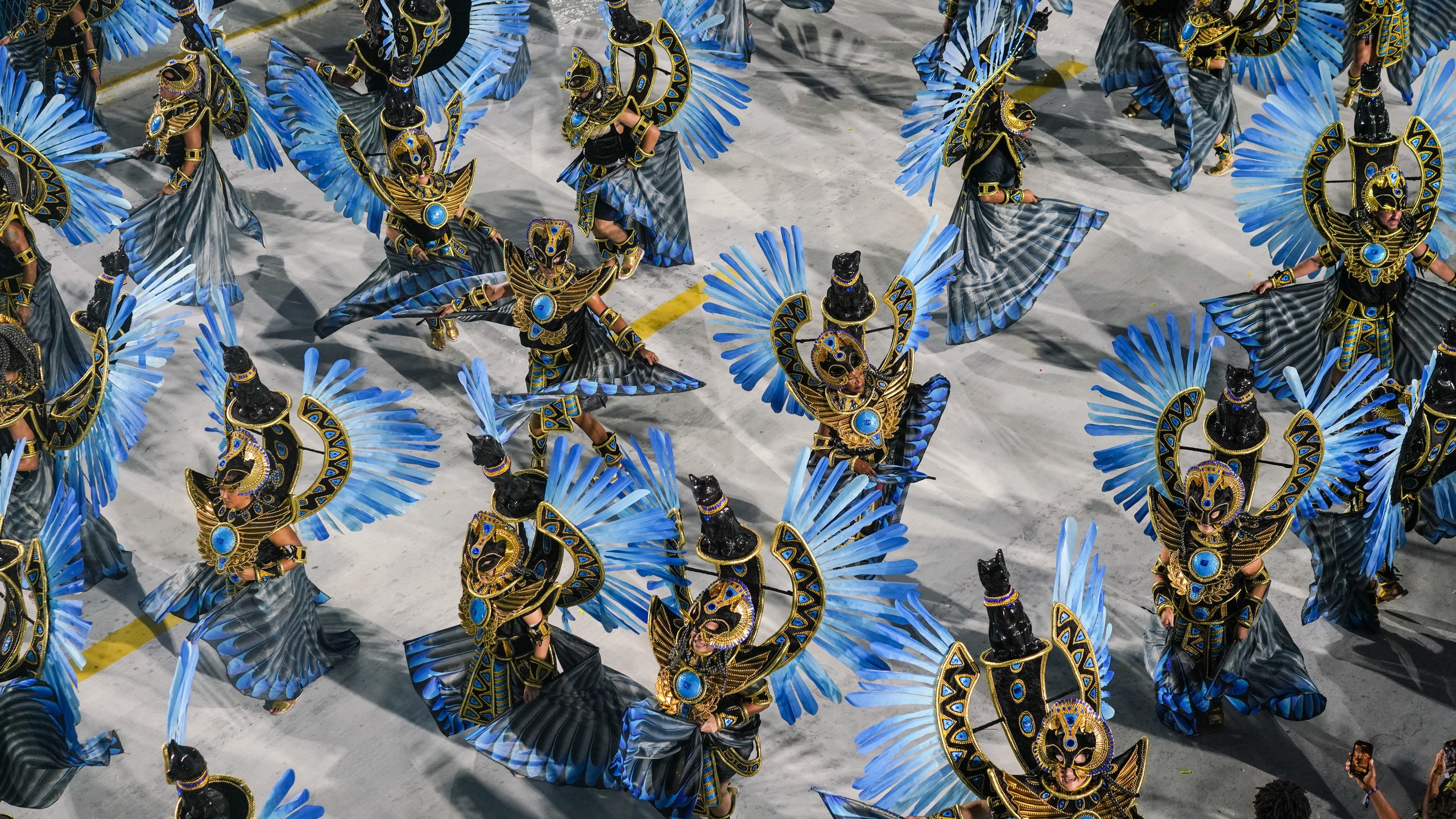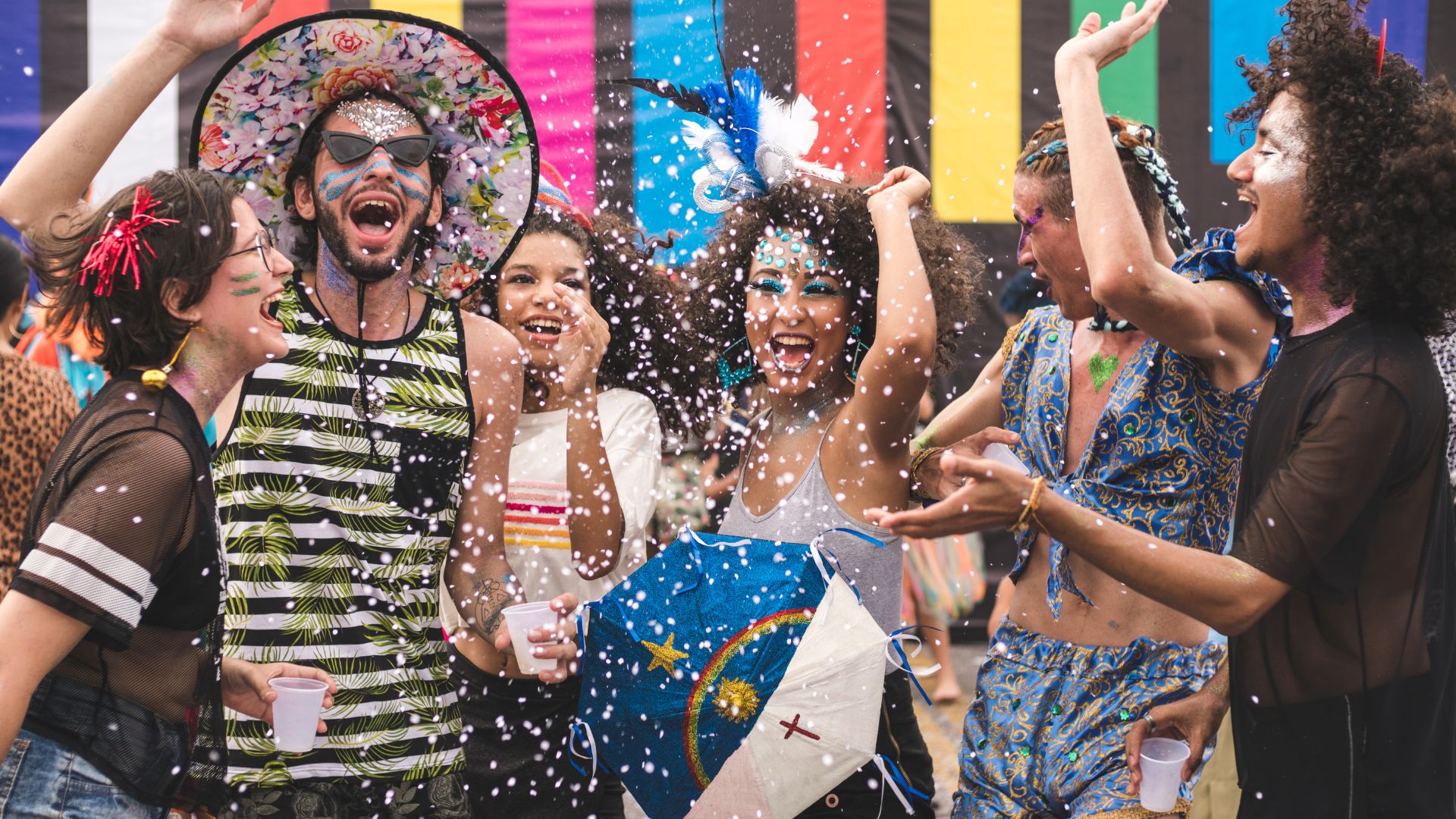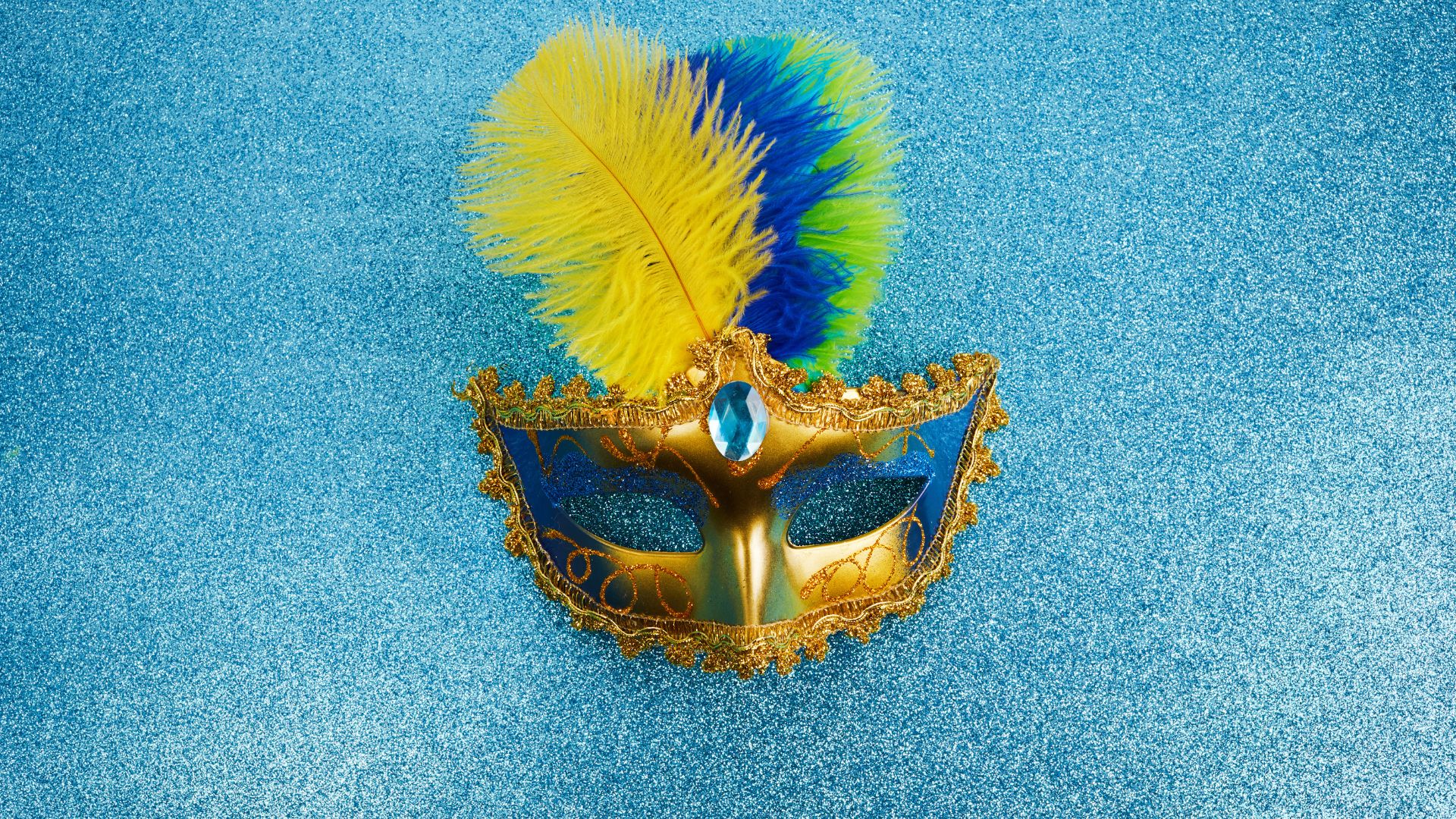- Your cart is empty
- Continue Shopping

What are the main Carnival Groups in Brazil
Carnival in Brazil is known for its diversity, contagious energy and, of course, the street blocks that take over cities from the north to the south of the country. These blocks, true cultural expressions, bring together millions of revelers in a democratic and lively celebration. Let's explore some of the main Carnival blocks in Brazil, highlighting the richness and variety of these festive manifestations.

Cordão da Bola Preta Block (Rio de Janeiro)
Cordão da Bola Preta is one of the oldest Carnival groups in Brazil, founded in 1918, in Rio de Janeiro. It is known for its lively and traditional parades, attracting crowds of revelers every year. The song “Cidade Maravilhosa” is the block’s unofficial anthem.
Bola Preta (São Paulo)
Created by singer Preta Gil, Bloco da Preta is one of the most popular attractions of Rio Carnival. With its eclectic repertoire that ranges from samba to pop, the group draws crowds through the streets of Rio de Janeiro. The relaxed and inclusive atmosphere makes Bloco da Preta a clear choice for those looking for fun and good music during Carnival.
Blind Rooster (Belo Horizonte)
Galo Cego is one of the most traditional blocks in Belo Horizonte, known for its contagious music, revelry and animation.
Gaviões da Fiel (São Paulo)
Founded by organized Corinthians fans, Gaviões da Fiel is one of the best-known blocks in São Paulo. His parade is marked by a lot of energy and samba.

Cacique de Ramos (Rio de Janeiro)
Cacique de Ramos is one of the most traditional blocks in Rio de Janeiro and is considered the birthplace of Rio samba. Founded in 1961, it is famous for promoting and preserving samba culture.
Lapa Block (Rio de Janeiro)
Located in the bohemian neighborhood of Lapa, in Rio de Janeiro, this block brings together a large crowd of revelers with lively music and carnival traditions. It is known for its relaxed and diverse atmosphere.
Galo da Madrugada (Recife)
Recognized by Guinness World Records as the largest Carnival group in the world, Galo da Madrugada takes to the streets of Recife with a vibrant mix of Pernambuco rhythms. Maracatu, frevo and other local musical styles are celebrated in this block that attracts millions of revelers each year. It is a unique experience for those who want to experience the authenticity of Carnival in Pernambuco.
Olodum (Salvador)
Although best known as a percussion and dance group, Olodum also holds Carnival parades in Salvador, Bahia. Its percussive music and Afro-Brazilian rhythms are an integral part of the carnival celebration in the region.
Bafo da Onça (Rio de Janeiro)
Bafo da Onça is a group that dates back to the 1930s, with a rich history in Rio Carnival. Its extravagant costumes and joyful parades make it a favorite among revelers.
Each of these Carnival blocks has its own traditions, music and styles, reflecting the cultural diversity of Brazil. If you want to experience the true atmosphere of Brazilian Carnival, participating in one of these blocks is an unforgettable experience. Carnival in Brazil is a celebration of music, dance and joy, and these blocks are the protagonists of this incredible party.

